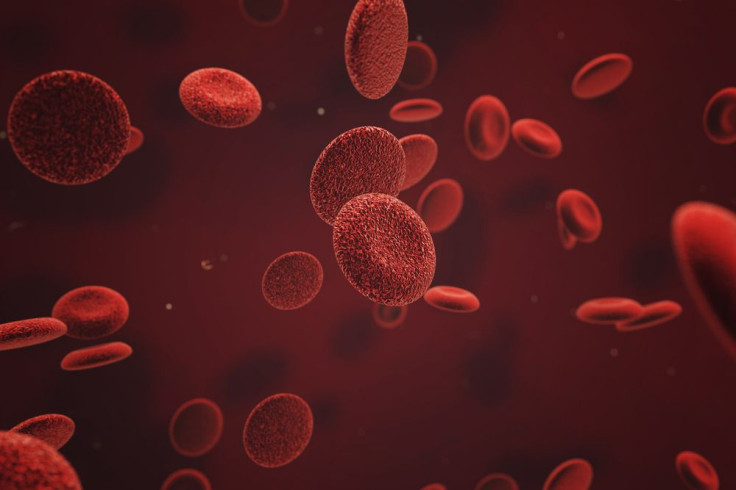Sickle Cell Anemia Cure Foreseeable After Scientists Use Gene-Editing To Revert Hemoglobin Back To Neonatal State

Scientists at the University of New South Wales in Australia have discovered a gene-editing technique that could lead to new treatments for sickle cell anemia and other blood disorders. By changing a single letter of the human red blood cell DNA to make adult hemoglobin more closely resemble that of a fetus's, researchers have set the groundwork for finding a cure for blood disorders.
The gene-editing technique uses proteins known as TALENs to introduce a naturally occurring genetic mutation back into the cells. The mutation increases the production of oxygen-carrying hemoglobin, a trait which could seriously alleviate some of the symptoms of individuals with blood disorders. According to study leader Dr. Merlin Crossley, this approach should be both safe and effective, since the genetic mutation already occurs naturally in humans.
Hemoglobin is the protein molecule in red blood cells that carries oxygen from the lungs throughout the rest of the body. During development fetuses need to take as much oxygen from their mother’s womb as possible. To facilitate the process, they have a different type of hemoglobin than adults, equipped with a higher affinity for oxygen.
Soon after birth, the gene for producing fetal hemoglobin is switched off, but, as reported in the press release, a small percentage of individuals continue to exhibit this mutation throughout their lives. In those who also have hemoglobin blood disorders, such as sickle cell anemia, the mutation creates an unexpected benefit.
"This good mutation keeps their fetal hemoglobin gene switched on for the whole of their lives, and reduces their symptoms significantly," Crossley said in the press release.
The university researchers have developed a way to mimic this natural mutation using a newly developed method of gene-editing. TALENs are unique gene-editing proteins which can be designed to both cut a gene at a special point and provide a replacement gene to insert in its place. Using TALENs, the team cut the DNA in human red blood cells.
When cut, DNA naturally seeks to make repairs as quickly as possible and will grab the nearest spare gene to repair the break, “much like you might darn a red sock with any spare red wool lying around," Crossley explained. The gene-editing technique takes advantage of this naturally occurring behavior.
"When our genome editing protein cuts the DNA, the cell quickly replaces it with the donor DNA that we have also provided," he added.
Mutations involving hemoglobin are the most common of all human genetic mutations and affect around five percent of the world’s population. Sickle cell anemia and thalassaemia are two inheritable blood disorders in which people have damaged hemoglobin. Both disorders are incurable and can cause periodic episodes of pain and increase individuals' risk for more serious health complications, such as heart problems and organ damage.
The team believes that this ability to revert adult hemoglobin back to its prenatal stage would allow all individuals with hemoglobin blood disorders to experience the same benefits as those who experience this mutation naturally. While genetic editing remains a controversial subject, unlike the editing of embryo DNA, this technique would not produce any heritable changes in a patient’s genetic makeup.
Source: Crossley M, Wienert B, Funnell APW. Editing the genome to introduce a beneficial naturally occurring mutation associated with increased fetal globin. Nature Communications. 2015.



























